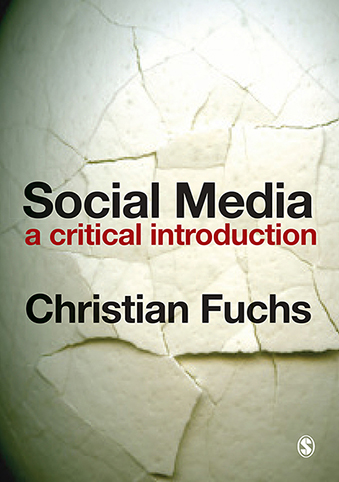
The Internet seems both excited and generally confused by the U.S. government’s failed entre into Cuban Social media via its version of a bare-bones Twitter, called ZunZuneo. The confusion is not unwarranted, as the operation includes the United States government, two separate for-profit contractors, (and eventually, a management team who didn’t know they were part of an International government sponsored ruse), key players and various bases of operation which span the globe, from Spain to the UK to the Cayman Islands and Nicaragua, and, of course, tens of thousands of Cuban citizens who gratefully began using a new mysterious messaging service that made instantaneous text-based mobile communications financially accessible in 2010, and then inexplicably disappeared in September 2012.
This long form article from the Washington Post does a nice job disentangling the ins and outs of the story, based on documents leaked to the Associated Press. I highly suggest you take the time to read the piece, but in very short summation, the United States Agency for International Development (USAID) collaborated with Creative Associates and eventually, Mobile Accord, to distribute a Twitter-like service (ZunZeneo) to Cuban citizens, with the hope of eventually utilizing the service to incite political mobilization against communist regimes. Mostly, though, the operation never went beyond gaining users through shared news stories and sports commentary. They ran out of money in 2012, Cuban users lost the service, and no revolutions were incited. It’s all general buffoon-like and harmless (except, of course, for all of the money), begging for cynical commentary and smart jokes about a deeply ineffective U.S. government. Except, something very serious happened in the process, something that should make us all—both Cubans and Americans—pretty ticked off. more...









